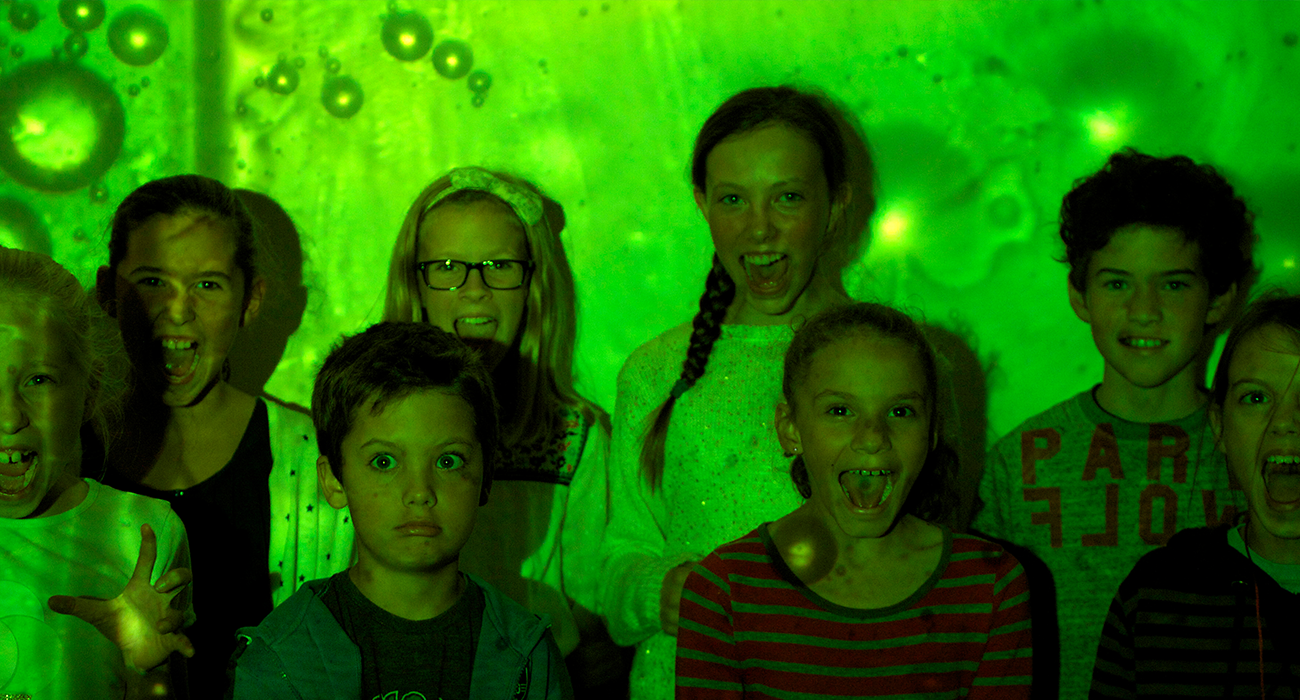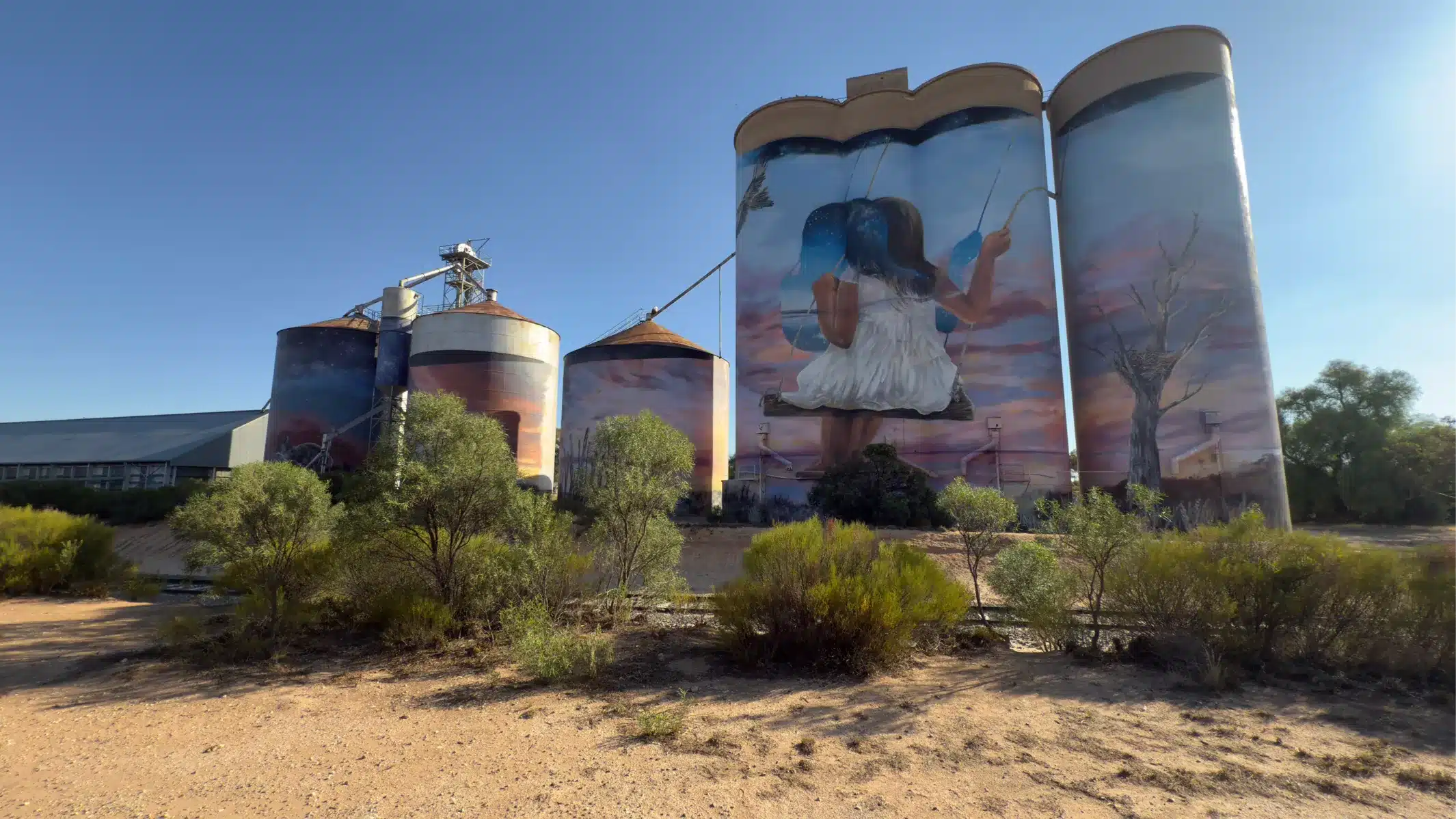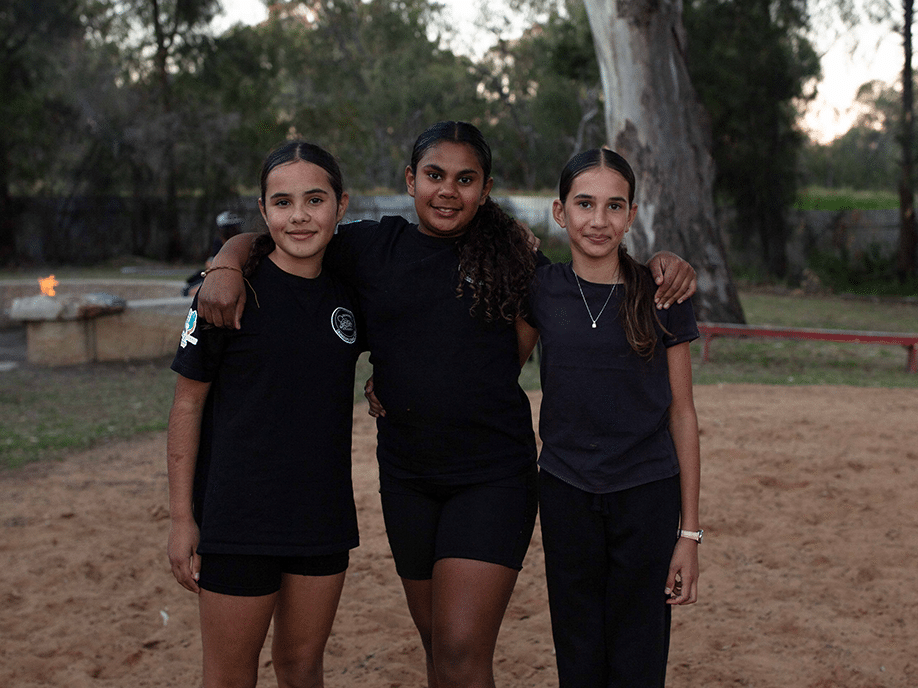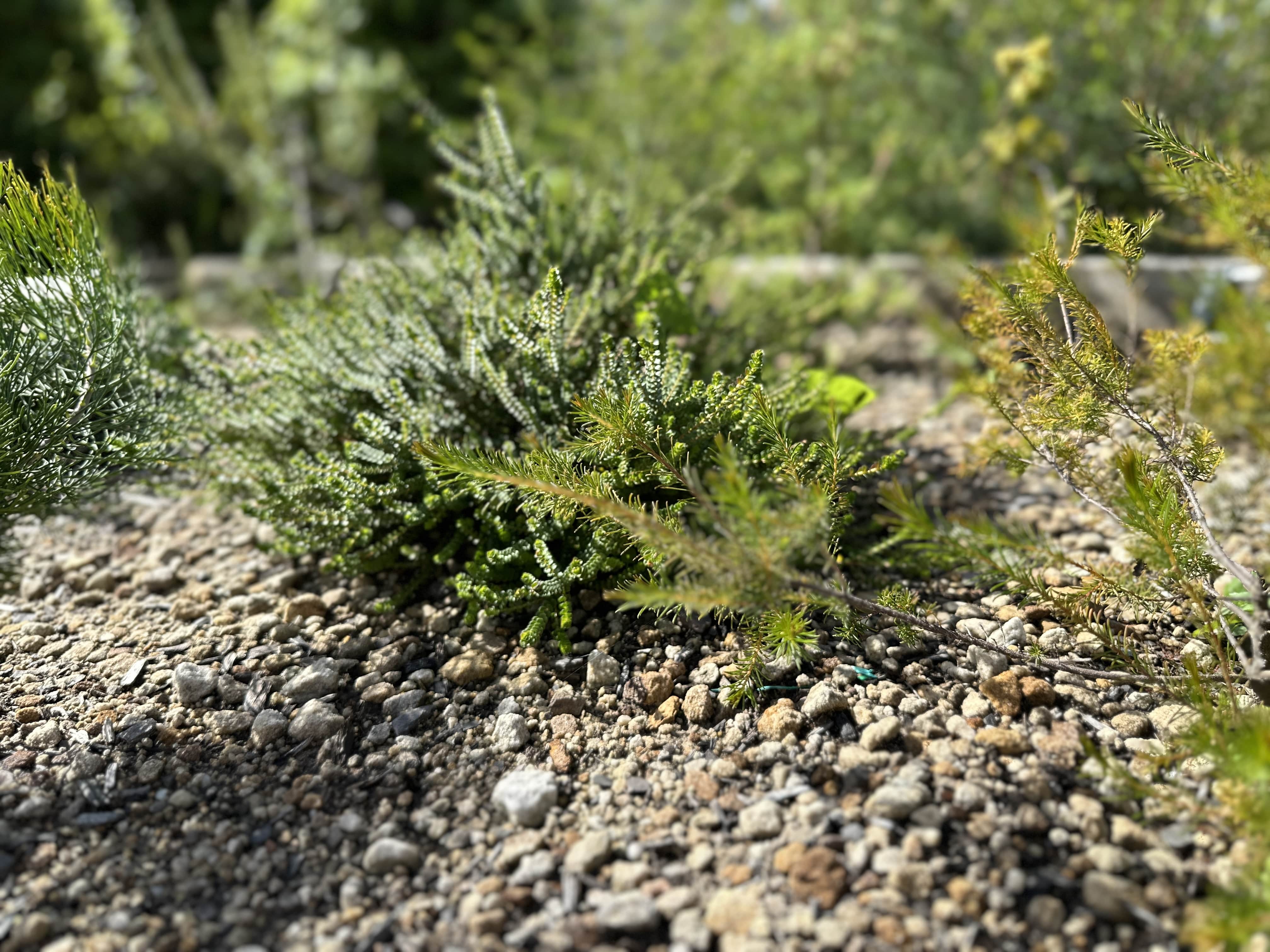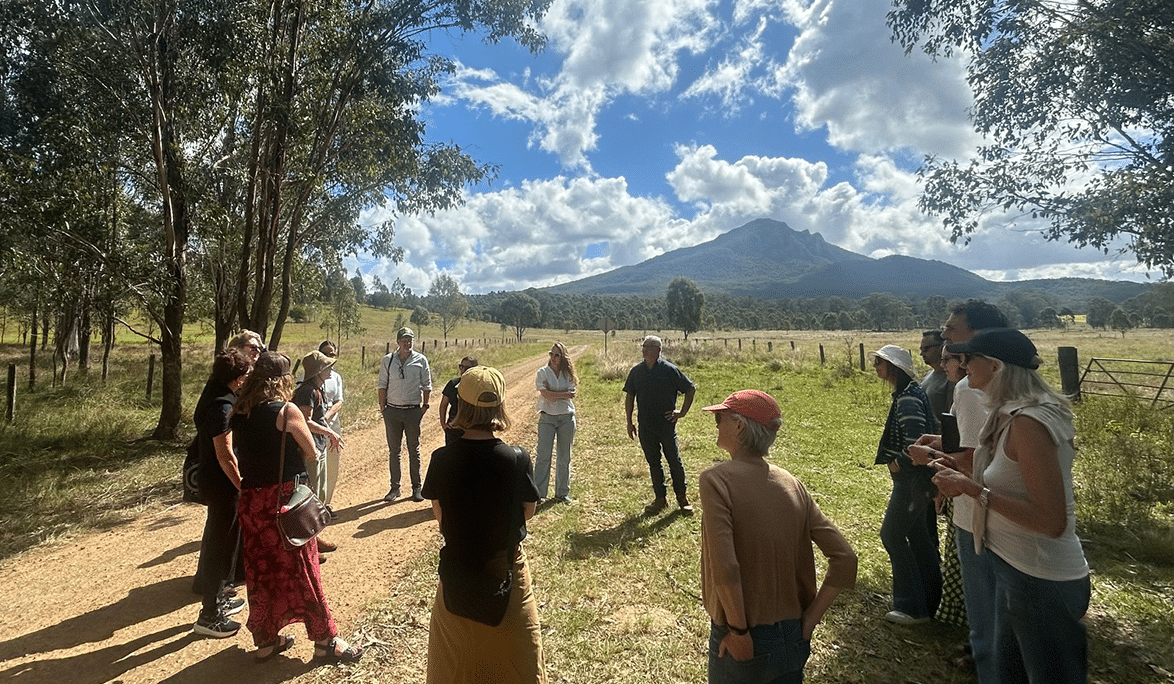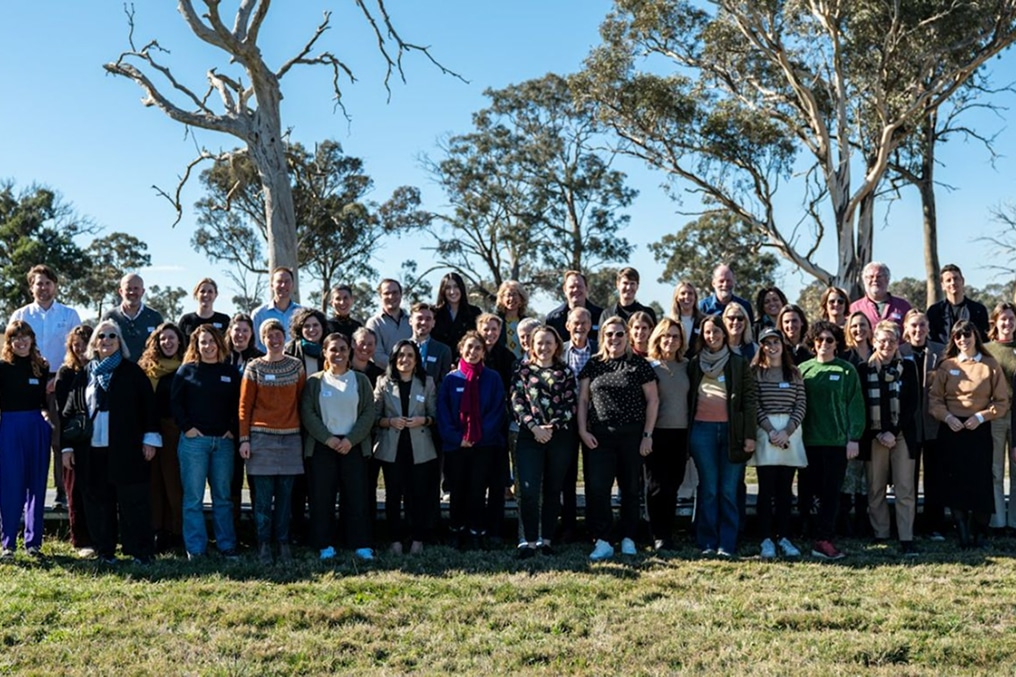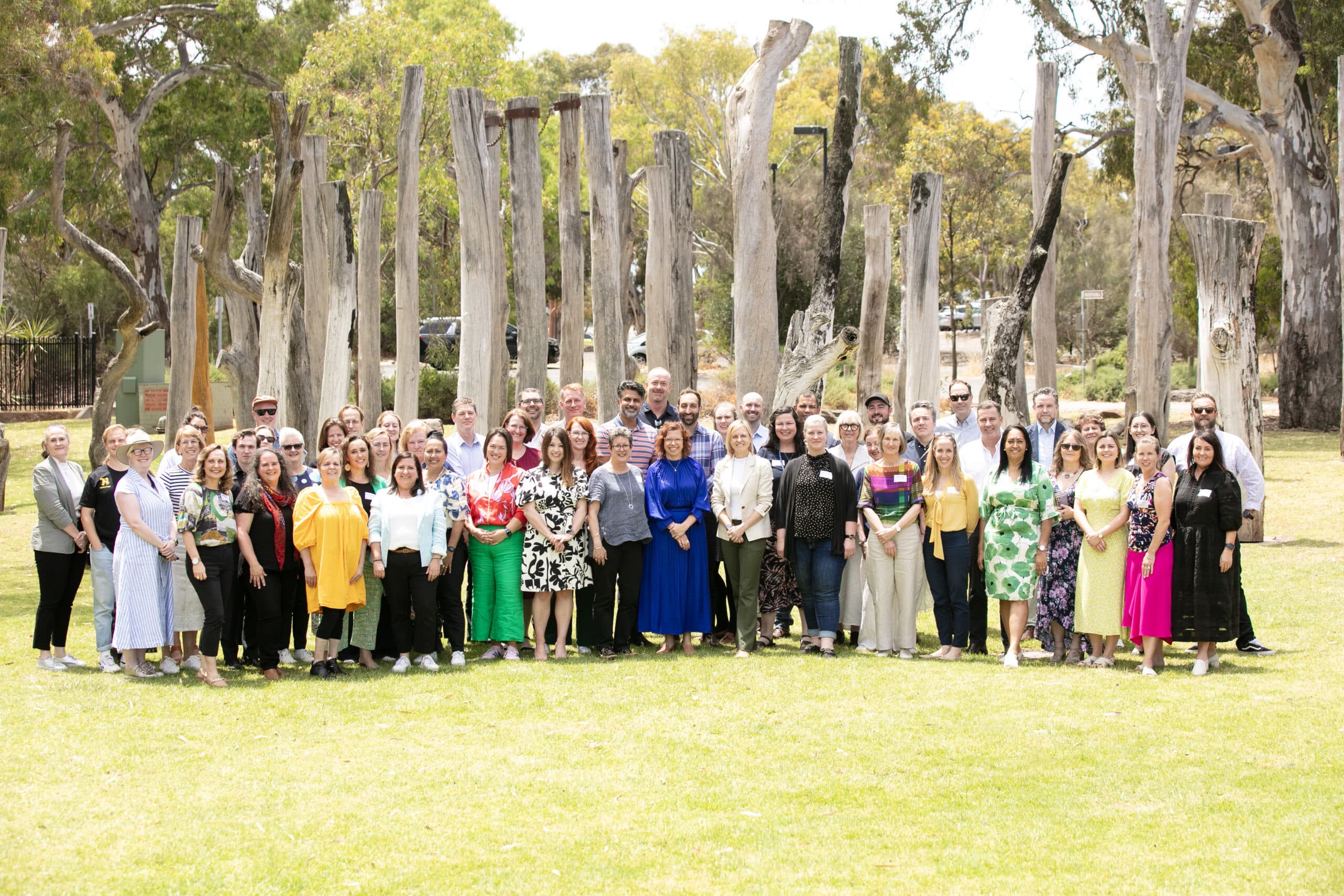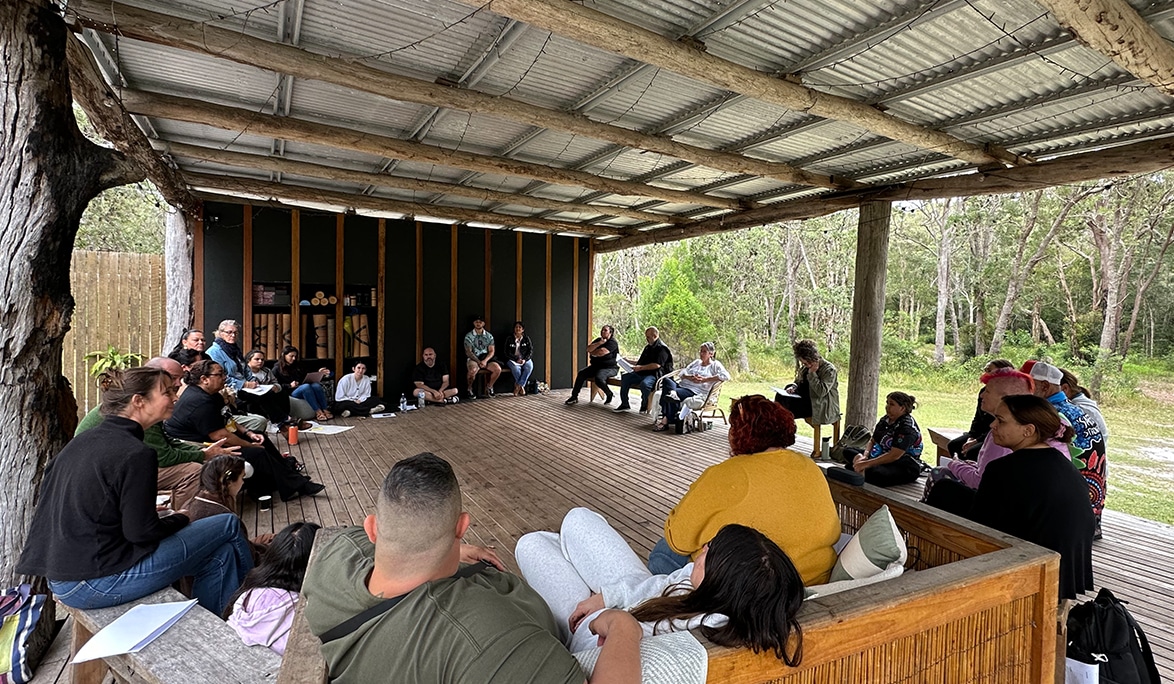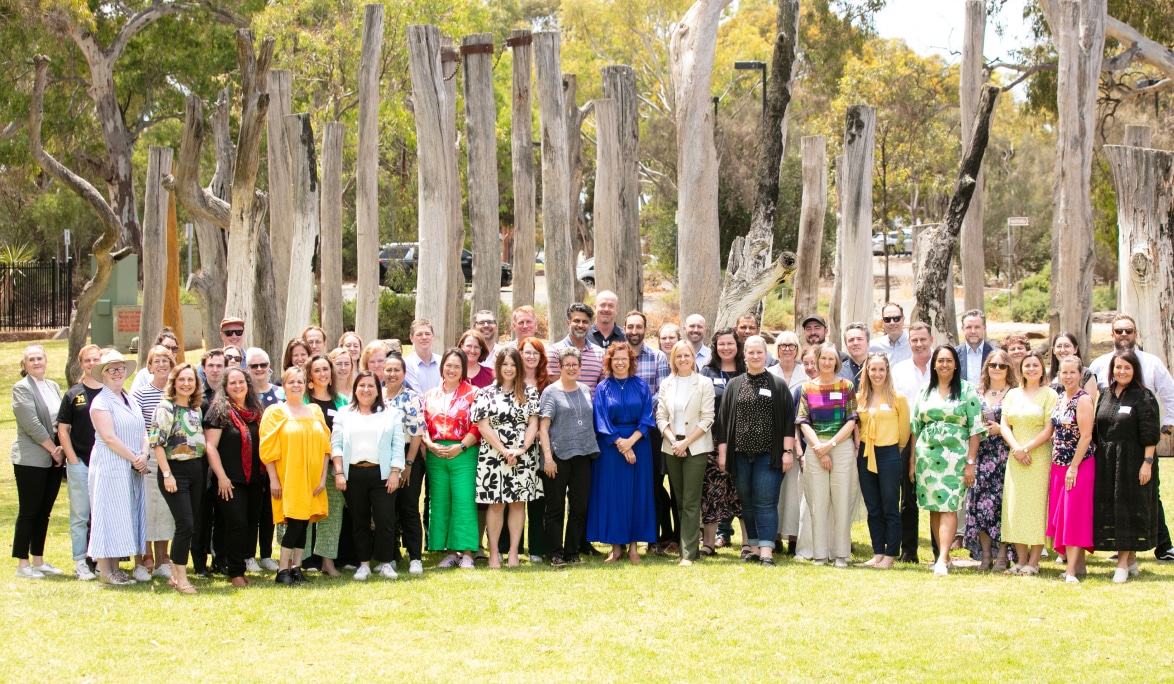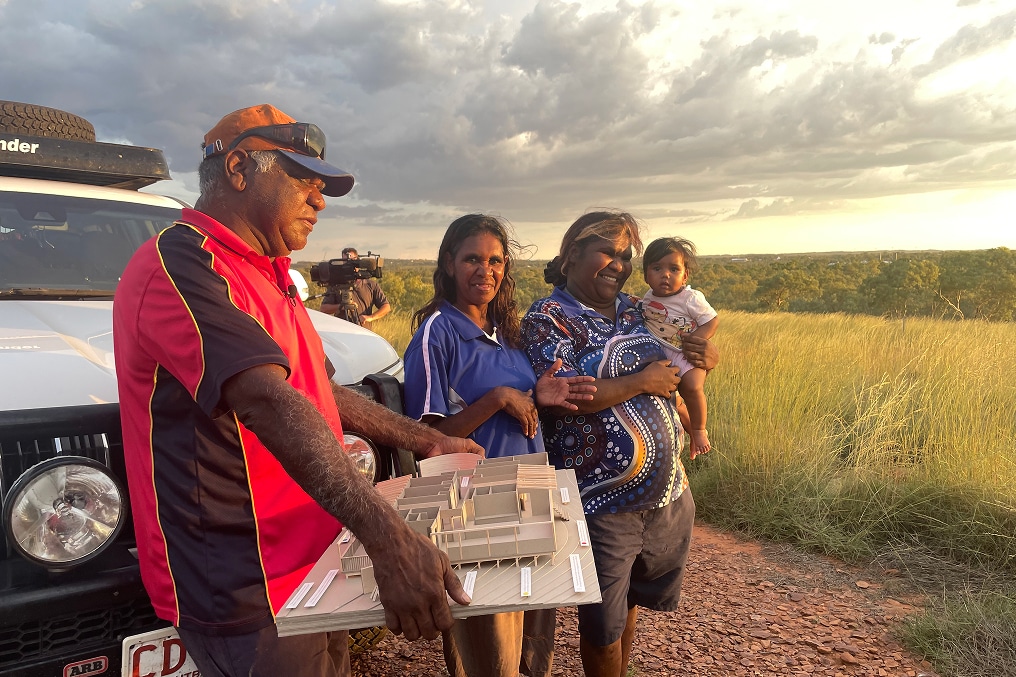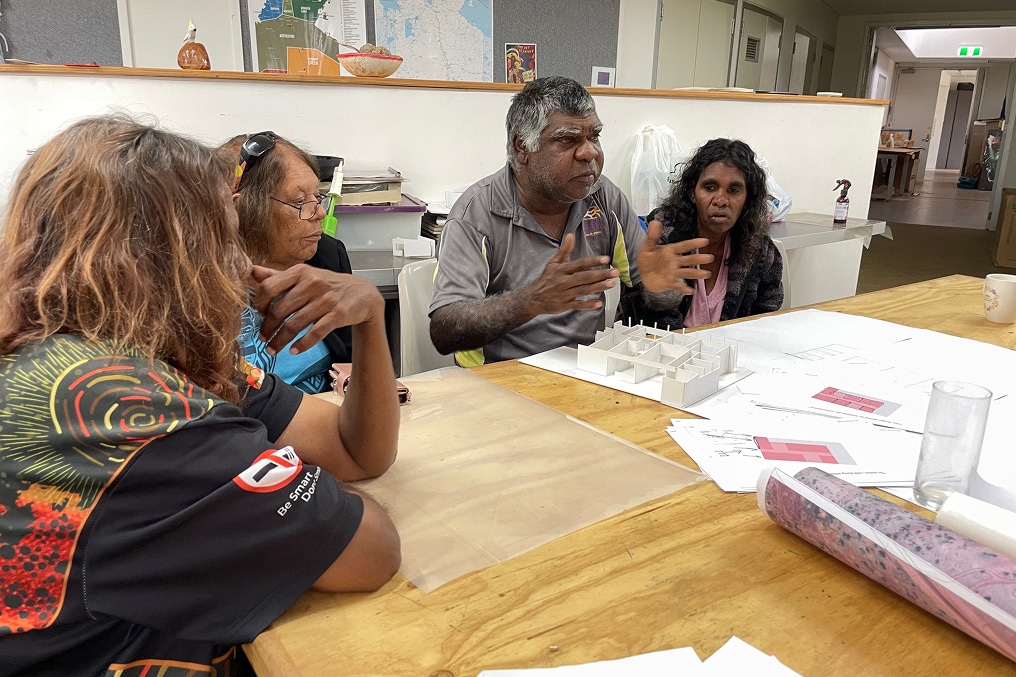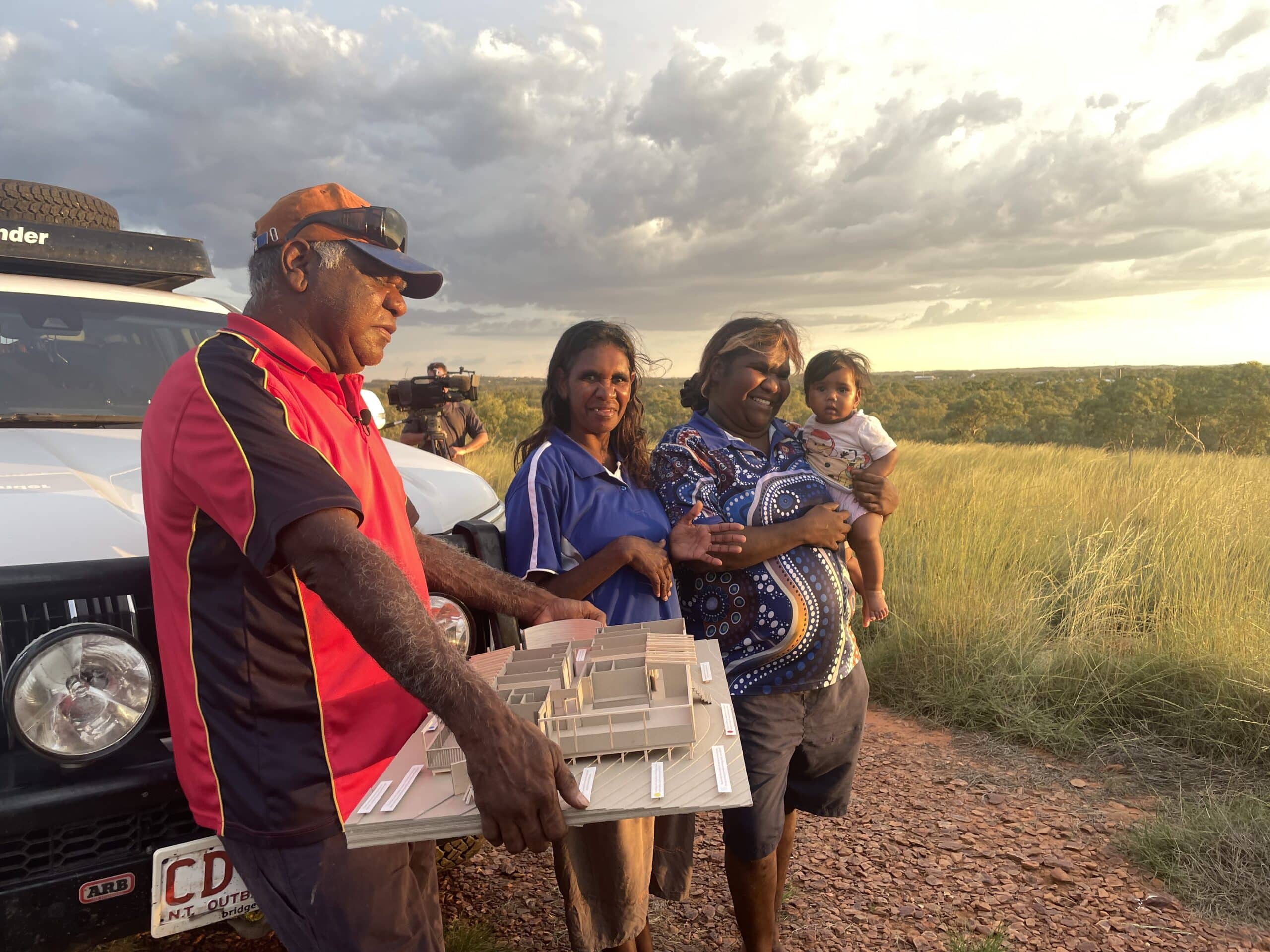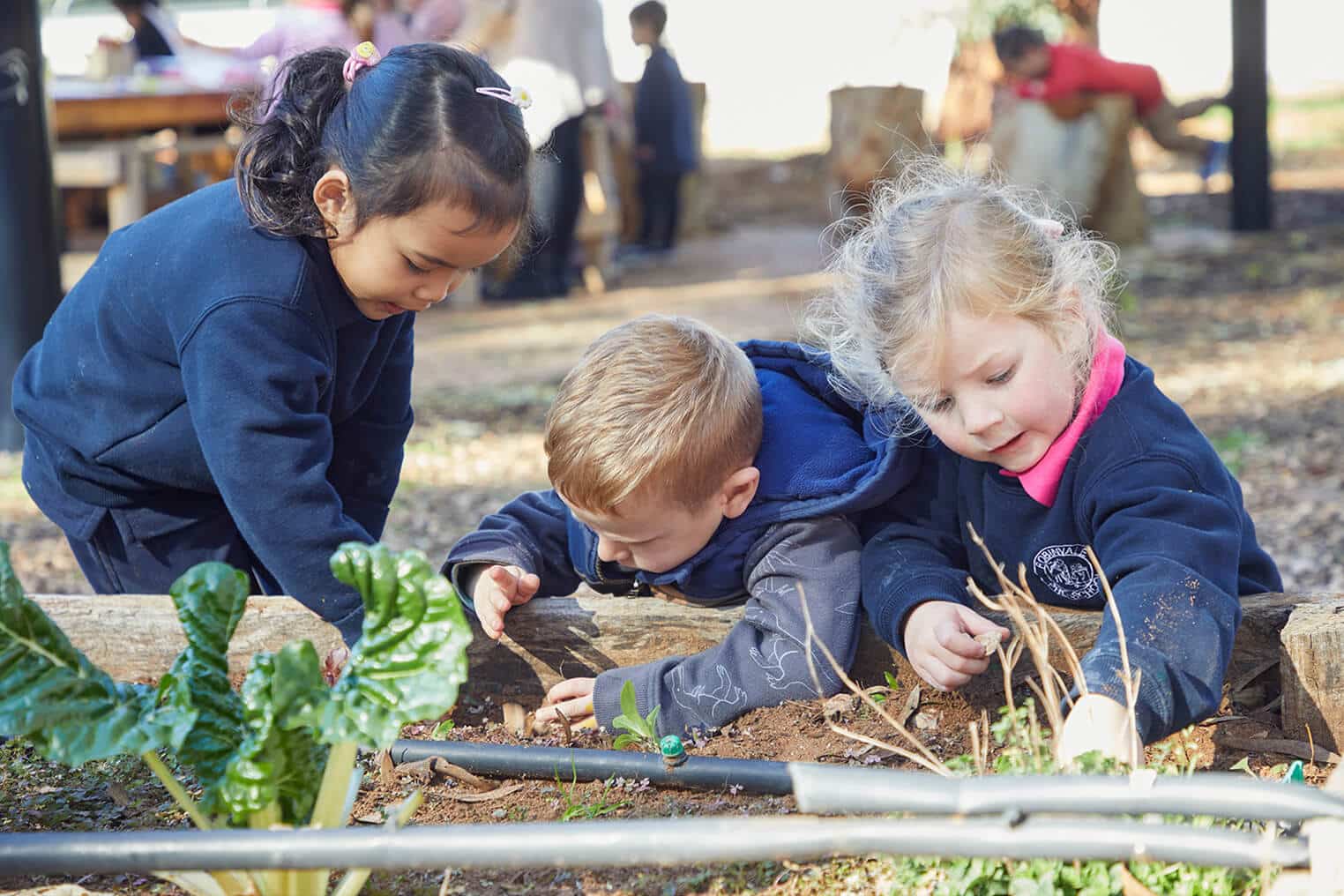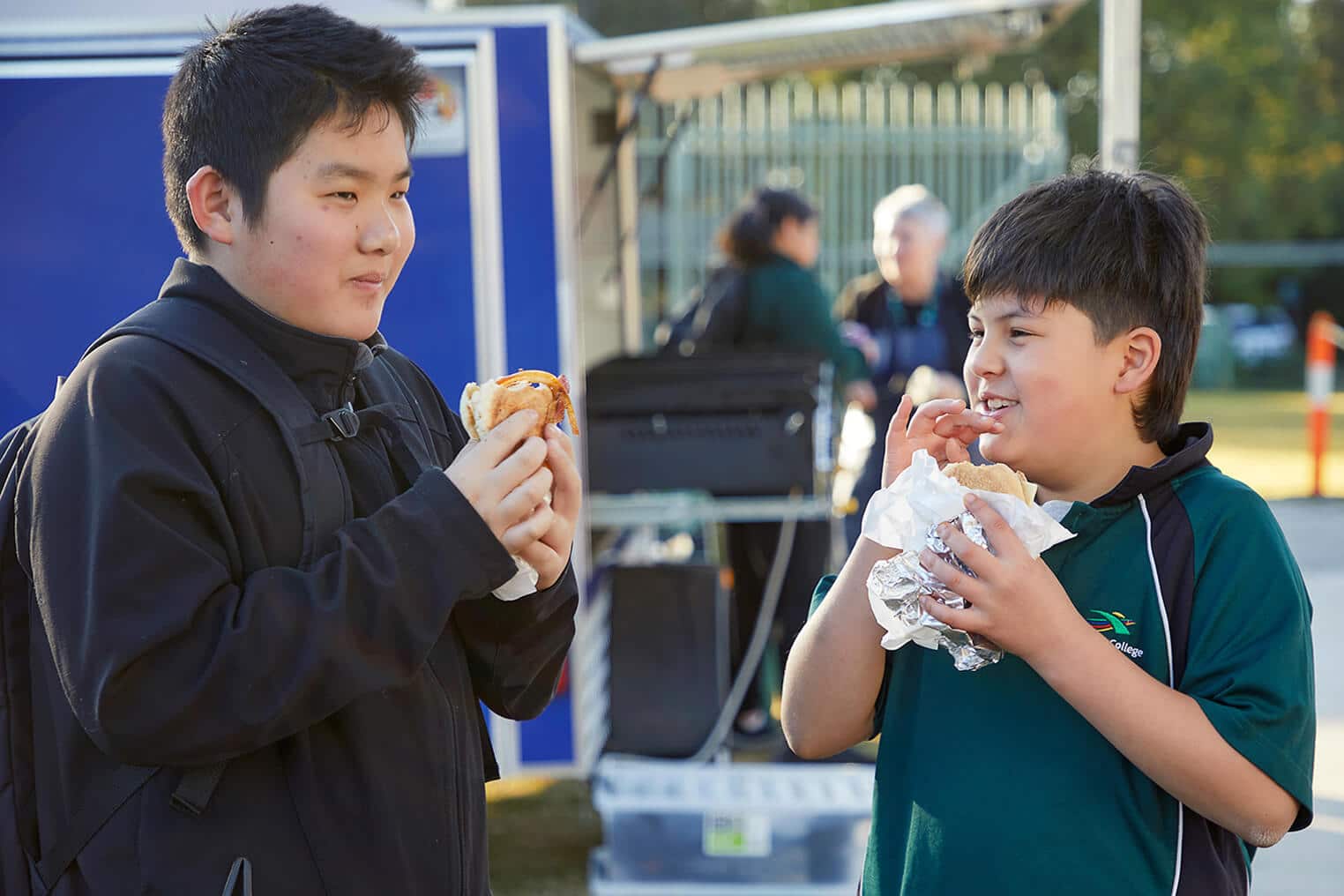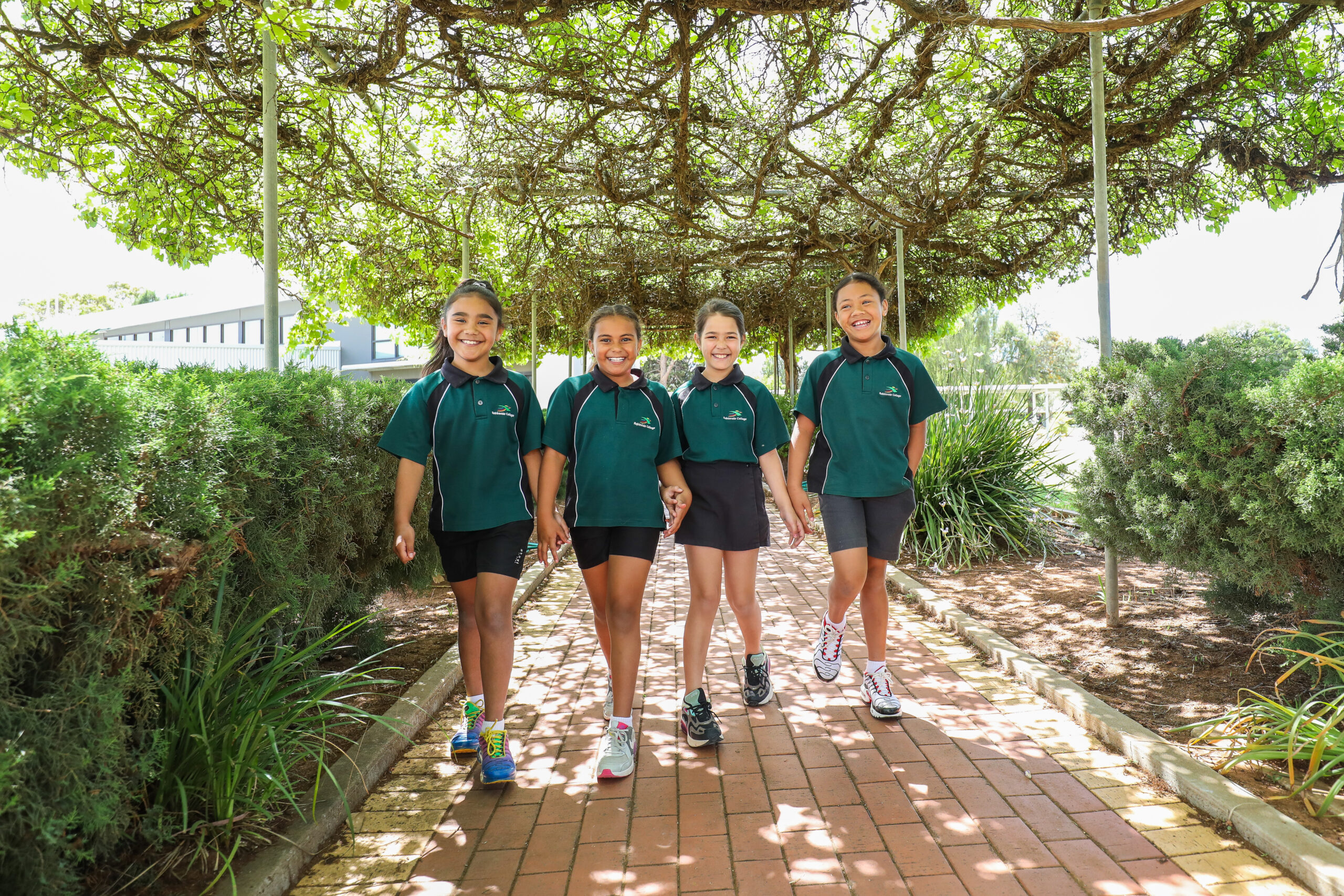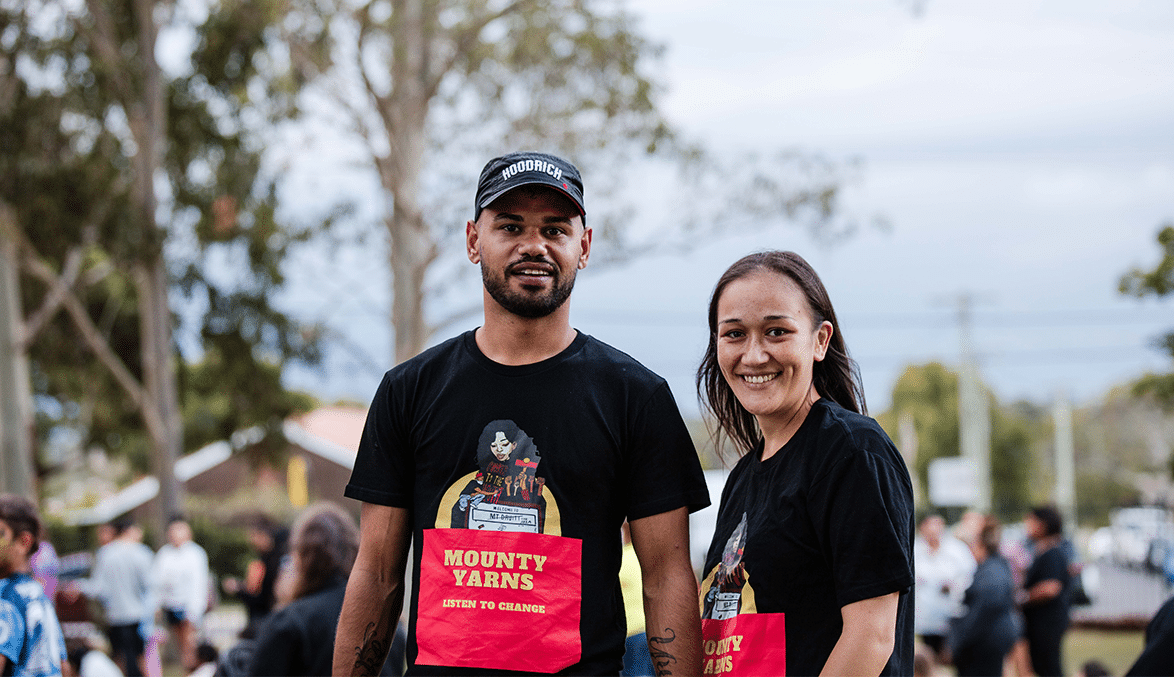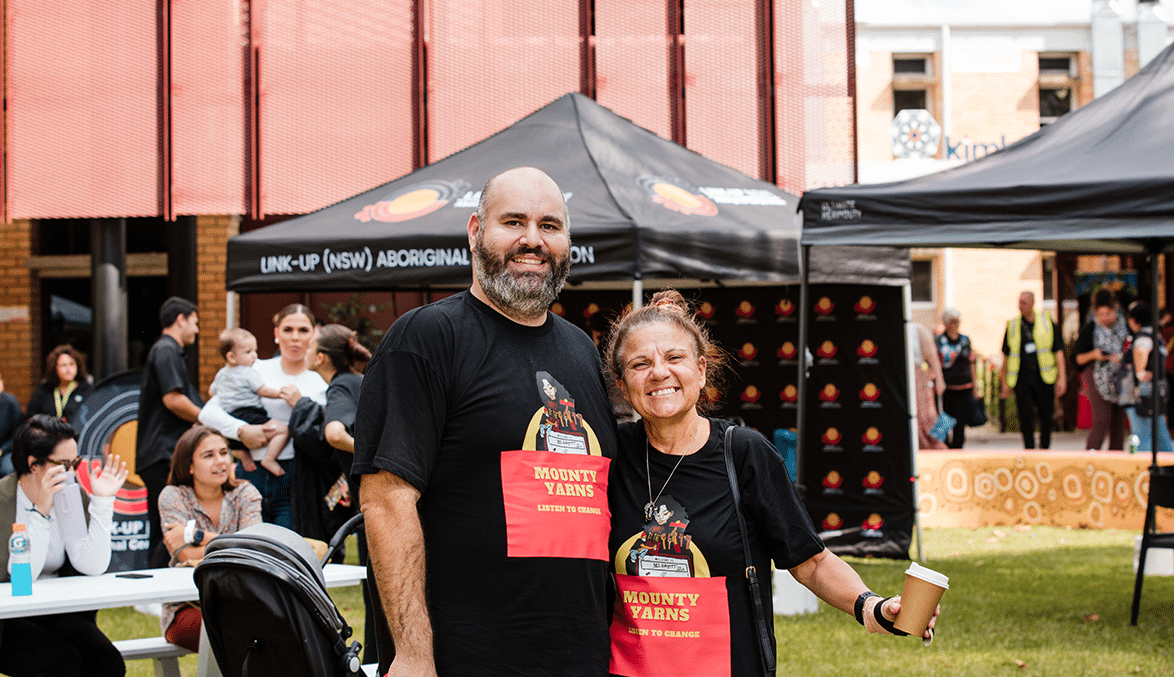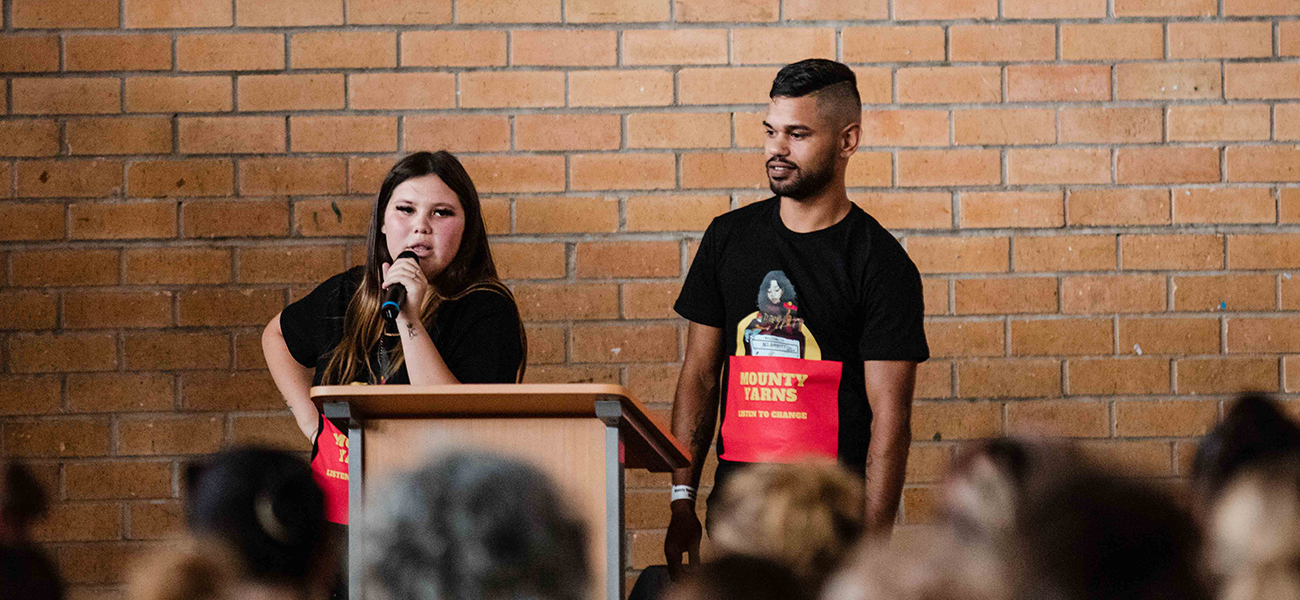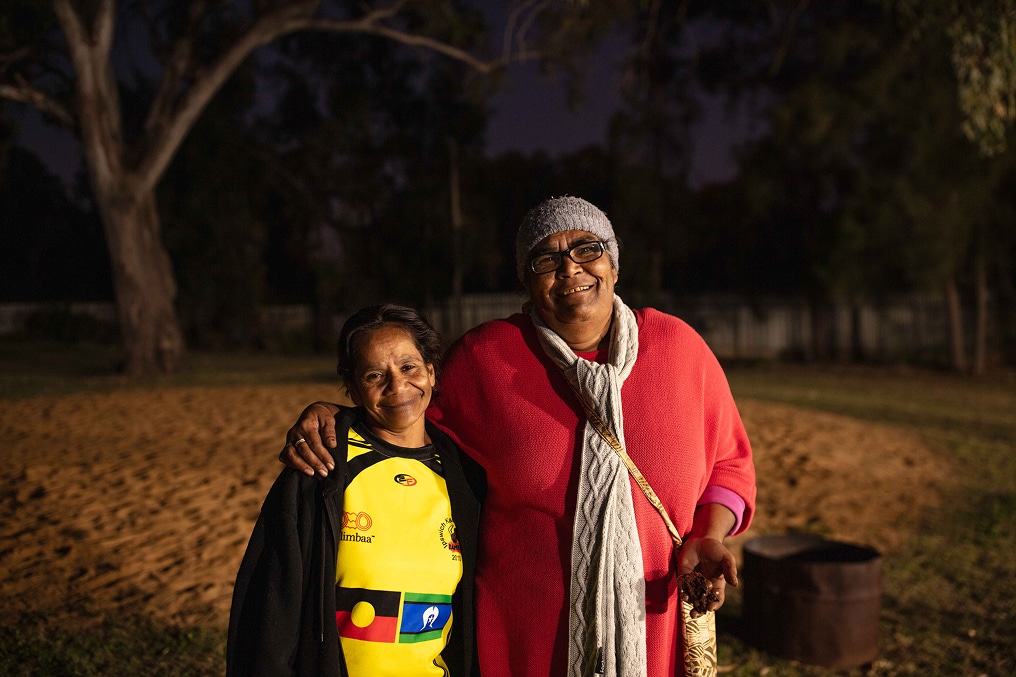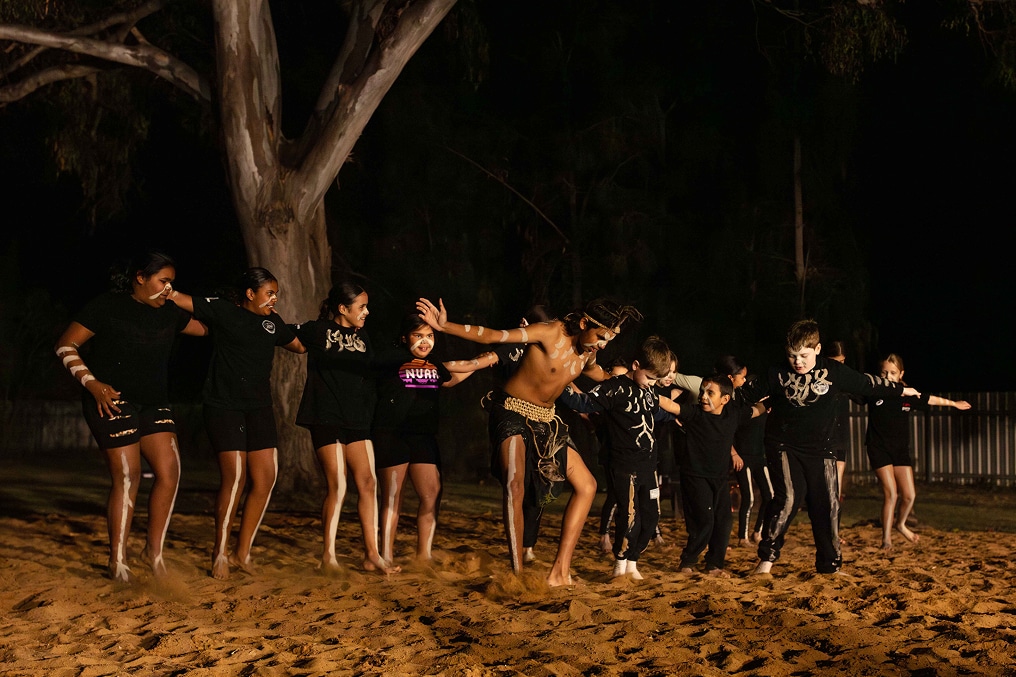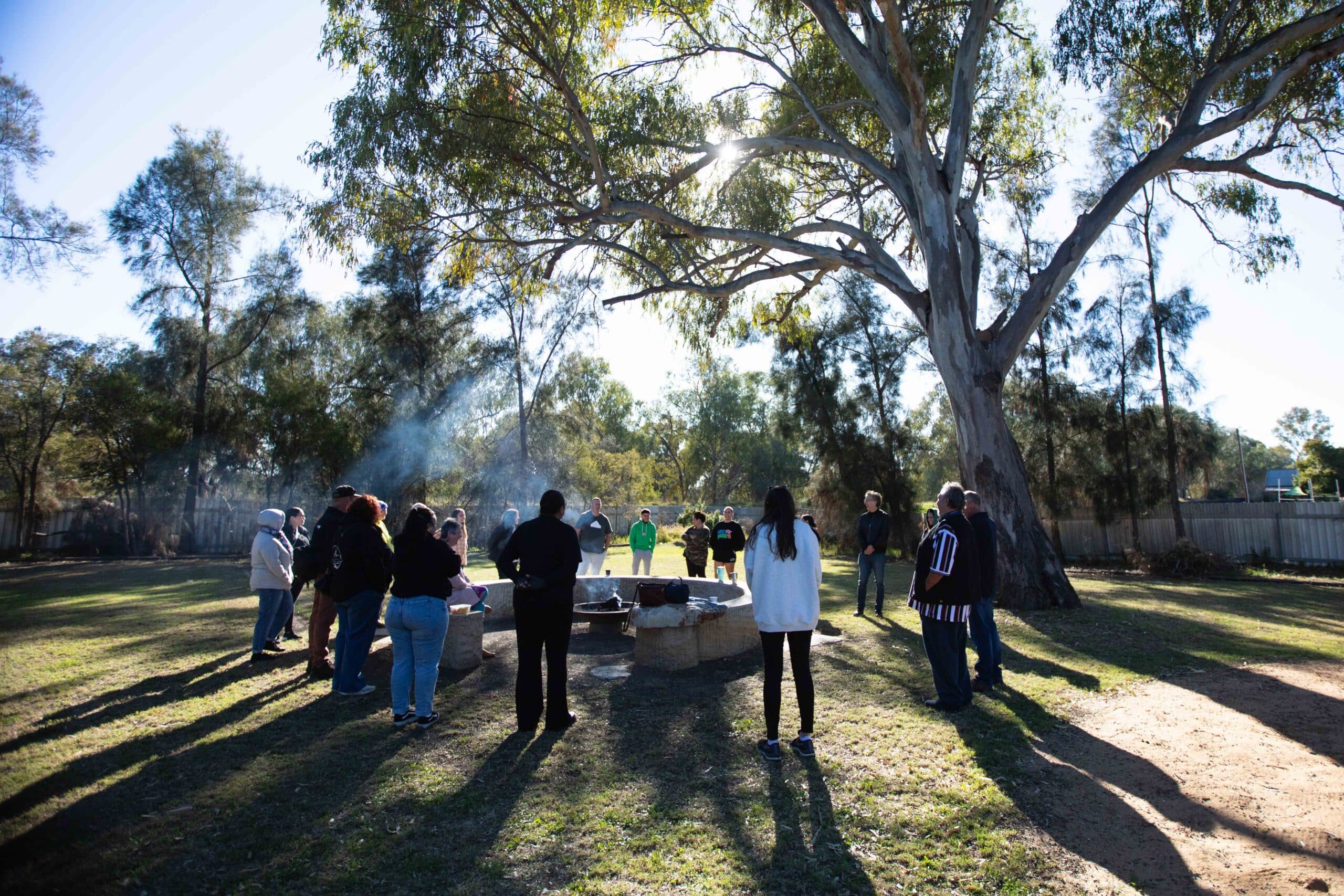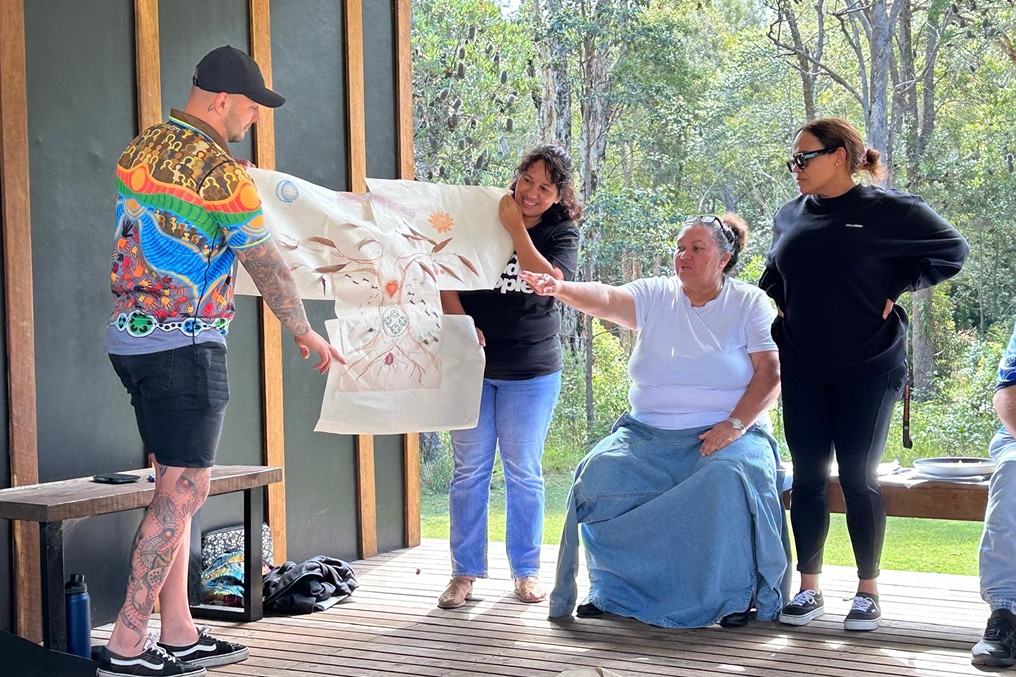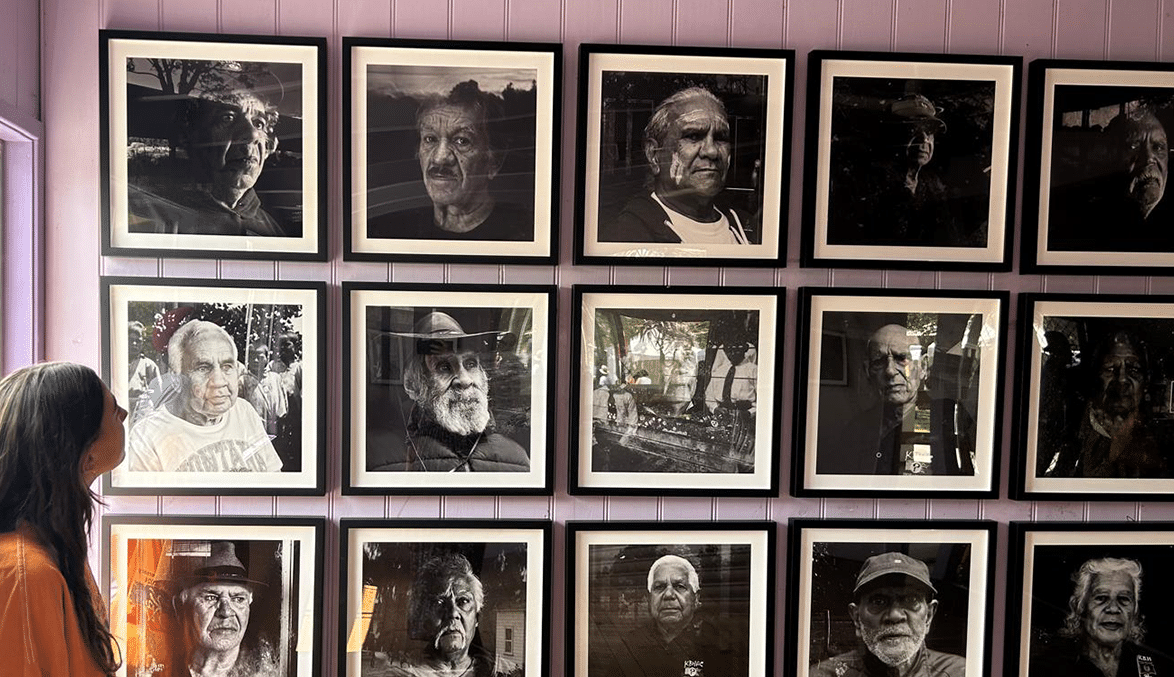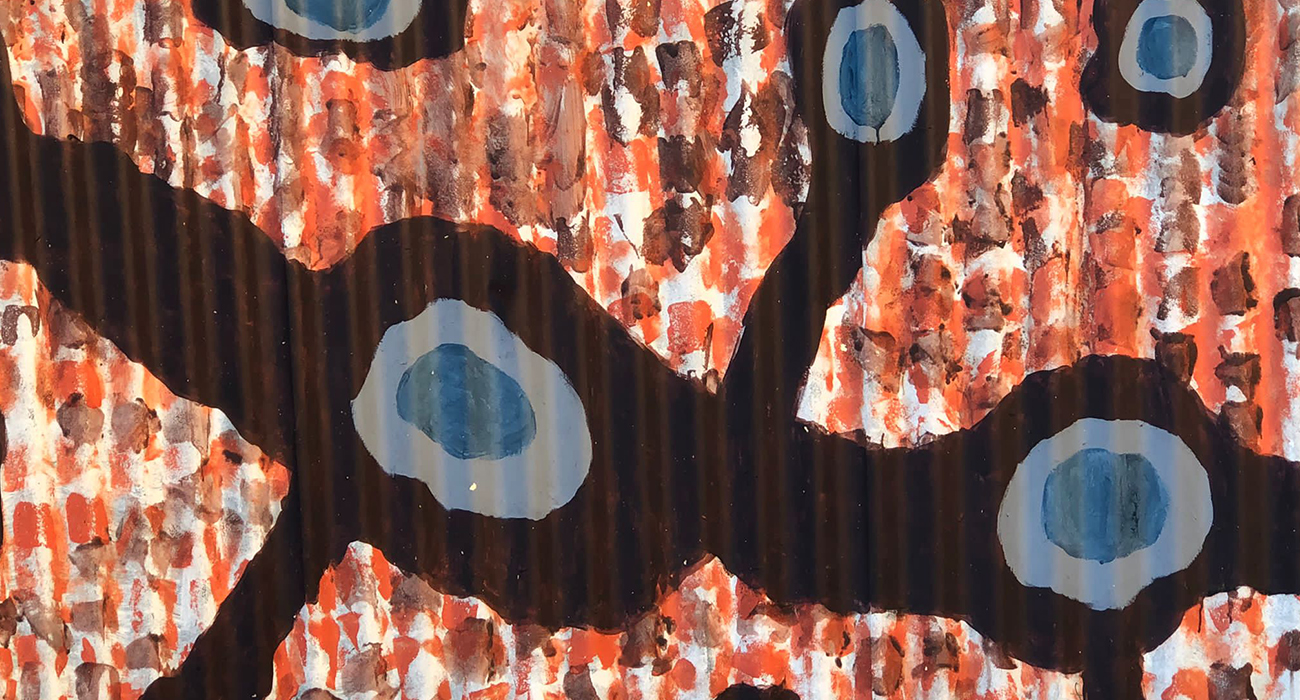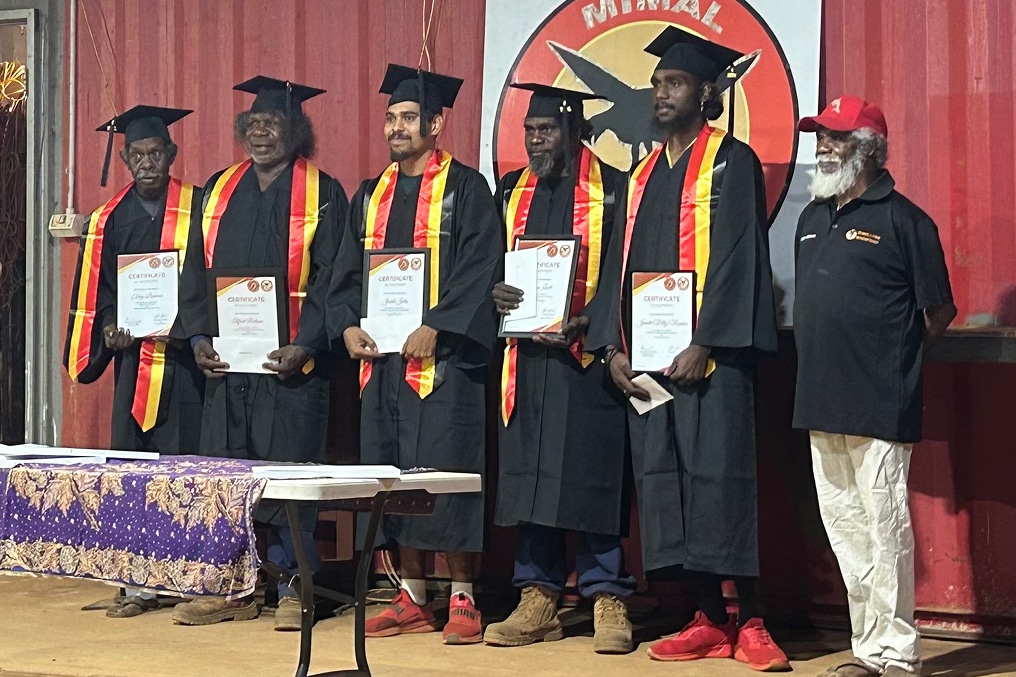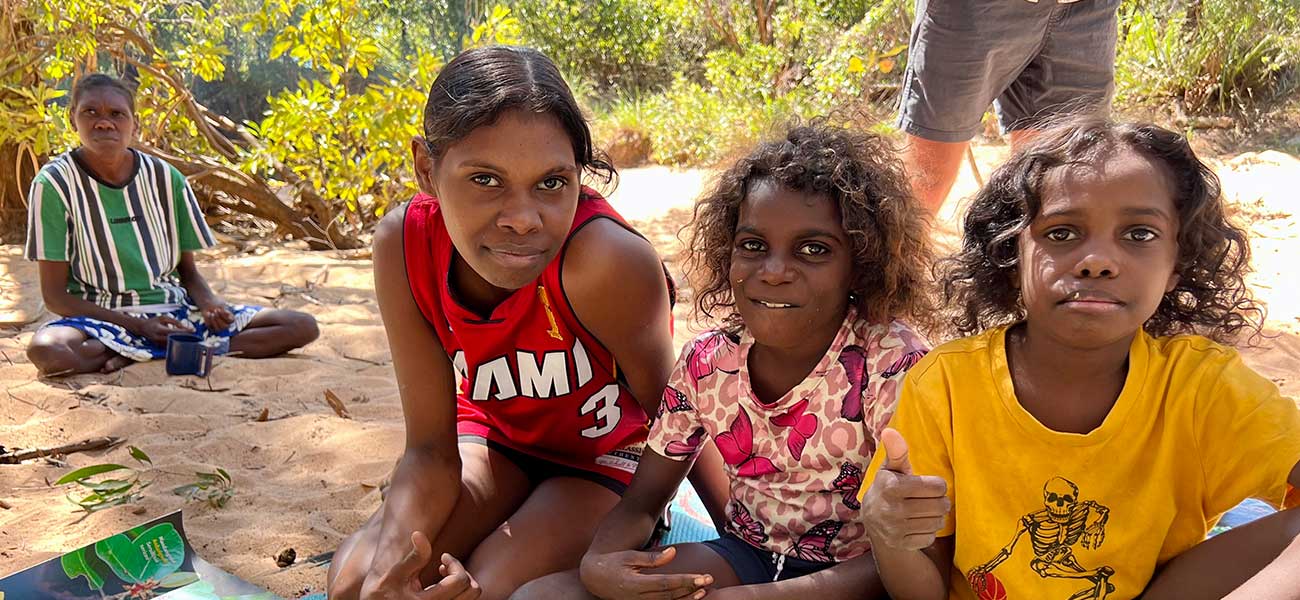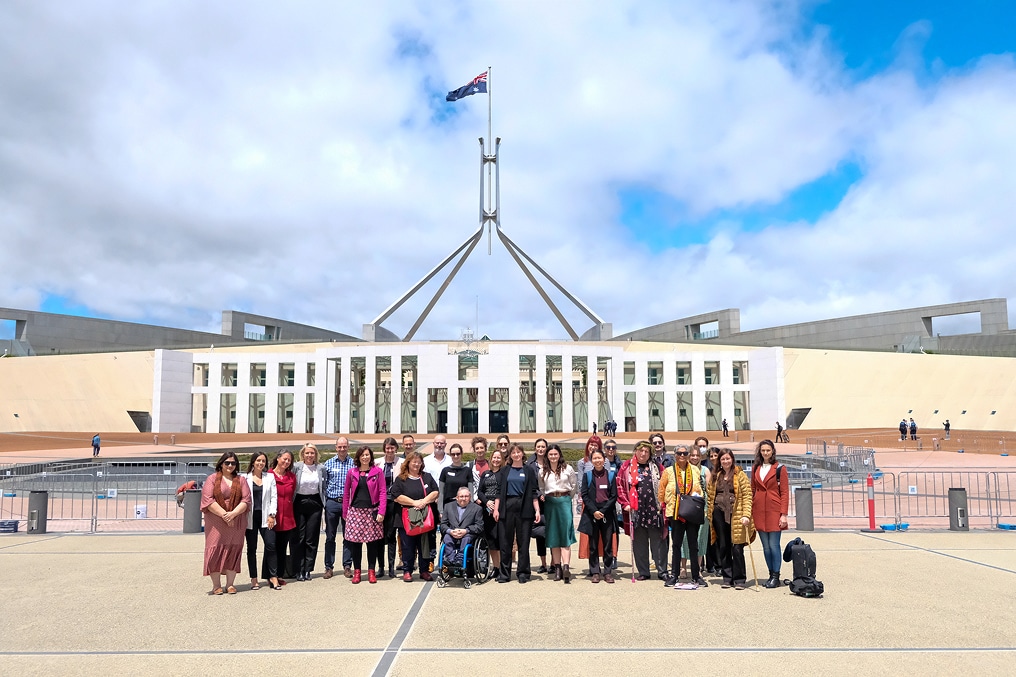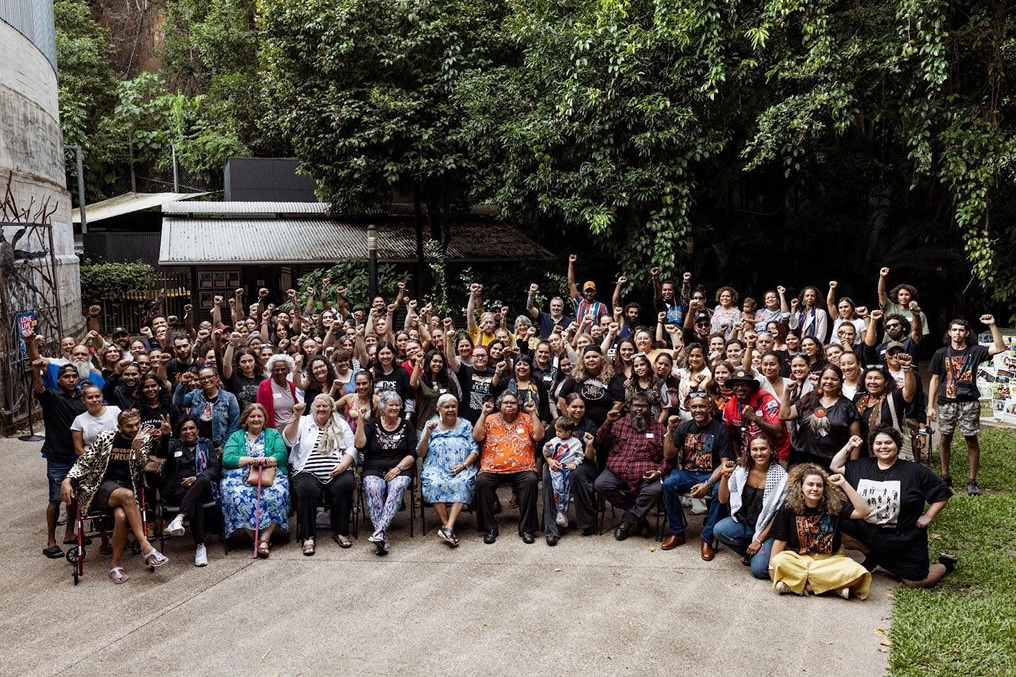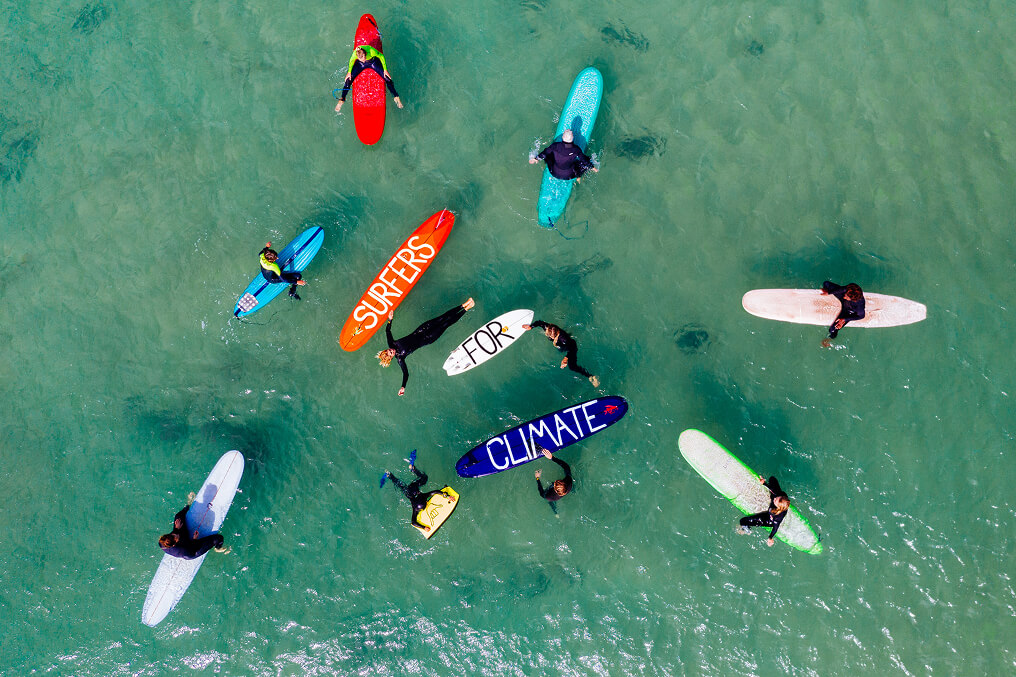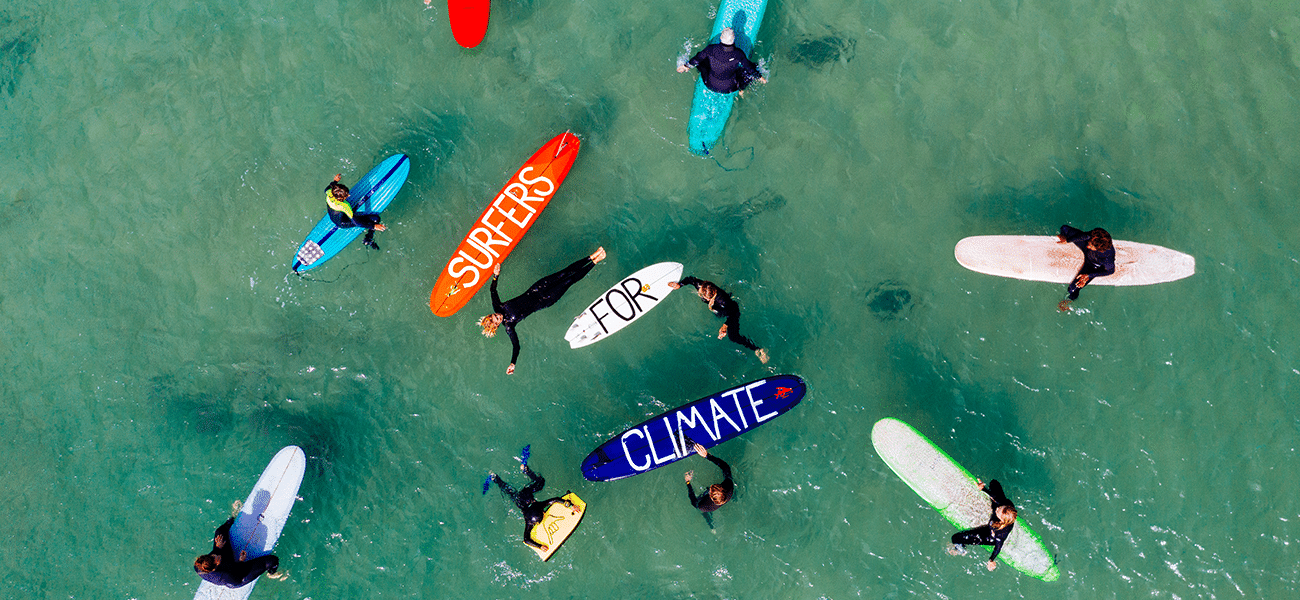When a cohort from Mount Lawley High School worked with interdisciplinary artists to devise The Museum of Now, the sell-out promenade performance work overtook the building. One local critic described it as “one of the most beautiful nights of brave, interactive and uncompromising theatre I have seen this year”.
In another instance, visual artists collaborated with Roseworth Primary School. After putting a disused school kiln to work and getting kids and teachers to experiment with traditional and radical ceramic techniques, a series of tiny and towering sculptures made for a striking exhibition in PICA’s main gallery. In both instances, the public seasons were so popular they had to be extended.
PICA’s arts learning program, Spark_Lab, does not shy away from ambitious and adventurous projects that bring artists and schools together. Branded as “a playground for new ideas”, it is all about offering young people authentic experiences of innovation in contemporary art, and how artists generate, apply and disseminate ideas.
To achieve this, PICA commits to working long term with its partner schools, often for up to two years, allowing for varied and repeat encounters. How each school engages is different. Beyond relationship-building through the institution’s tours and workshops, special projects and events are designed in an entirely bespoke fashion, influenced by PICA’s curatorial program as much as the particular students, school context or curriculum. What they all have in common, however, is a highly creative and collaborative process that is artist led and student driven, enabled by intensive residency periods of days, weeks or months.
One Spark-Lab artist, Linsey Pollak, worked with Kingston Primary and recalls that the first idea offered by this regional school was to build a sound playground. Pollak, a noted innovator in music and technology, put iPads into the hands of ninety students and began to teach them how to make their own original sounds, loops and samples.
“With a digital Sound Playground” he explains in an interview, “kids have more control and can be totally imaginative in its design.” The residency was “100 percent hands on”, with students so energised and motivated they often didn’t want to stop. Why were they so engaged? “Because its fun!” says Linsey. “They are having to combine different concepts and ideas to create something new. And they cannot actually be involved in that process without being creative”.
An internal report says the impact of Spark_Lab’s various projects has been greater skilling in the innovation competences of creativity, risk-taking, leadership, motivation and self-efficacy. The teachers observe students developing these ‘habits’ and more. Roseworth Primary School principal, Geoff Metcalf, says the arts learning encounter has contributed to “an improvement in student literacy as well as self-esteem.”
Dale Irving, a teacher at Mount Lawley High School, also says her students “have been especially well mentored in commitment and perseverance”.
But there are other benefits too. The program helps expand Australia’s pool of teaching artists, many of who observe that working with young people stretches their professional practice. It has also been a rich form of professional development for teachers, with one from Kingston saying “Spark_Lab has made me take more risks in the way I teach”. It can be significant for the school, too, says PICA’s director, Amy Barrett-Lennard, as “it can help seed an ongoing culture of innovation”.
So what’s next from spark-lab? Watch out for Warnbro Community High School. When it recently launched its partnership with PICA, the school proudly showcased works-in-progress, short films, photo projections, a dance performance and a music video, all of which had been generated within the first few months of formal engagement.
The music video, ‘Words are the Weapon’, was the result of a 3-day workshop and made in response to the work of Tracey Moffat that featured in a major exhibition at PICA (and the school curriculum). The students’ music video was shown for weeks on the big screen in the Perth Cultural Centre.
“It’s more than just making”, says PICA’s Education Programs Curator, Mellissa McGrath, about Spark_Lab. “It’s about new ways of thinking and engagement”.
This is an example of an excellent creative learning program featured in Dr Julie Robson and Teya Dusseldorp’s paper, ‘Creative Learning: A Necessity not an Option’. Click here to read more.
Words by: Dr Julie Robson.Top Image: DREAMSCAPES School Holiday Workshop with Curtis Taylor, Poppy van Oorde Grander and Brian Lloyd, 2015. Photo by Poppy van Oorde Grainger.
